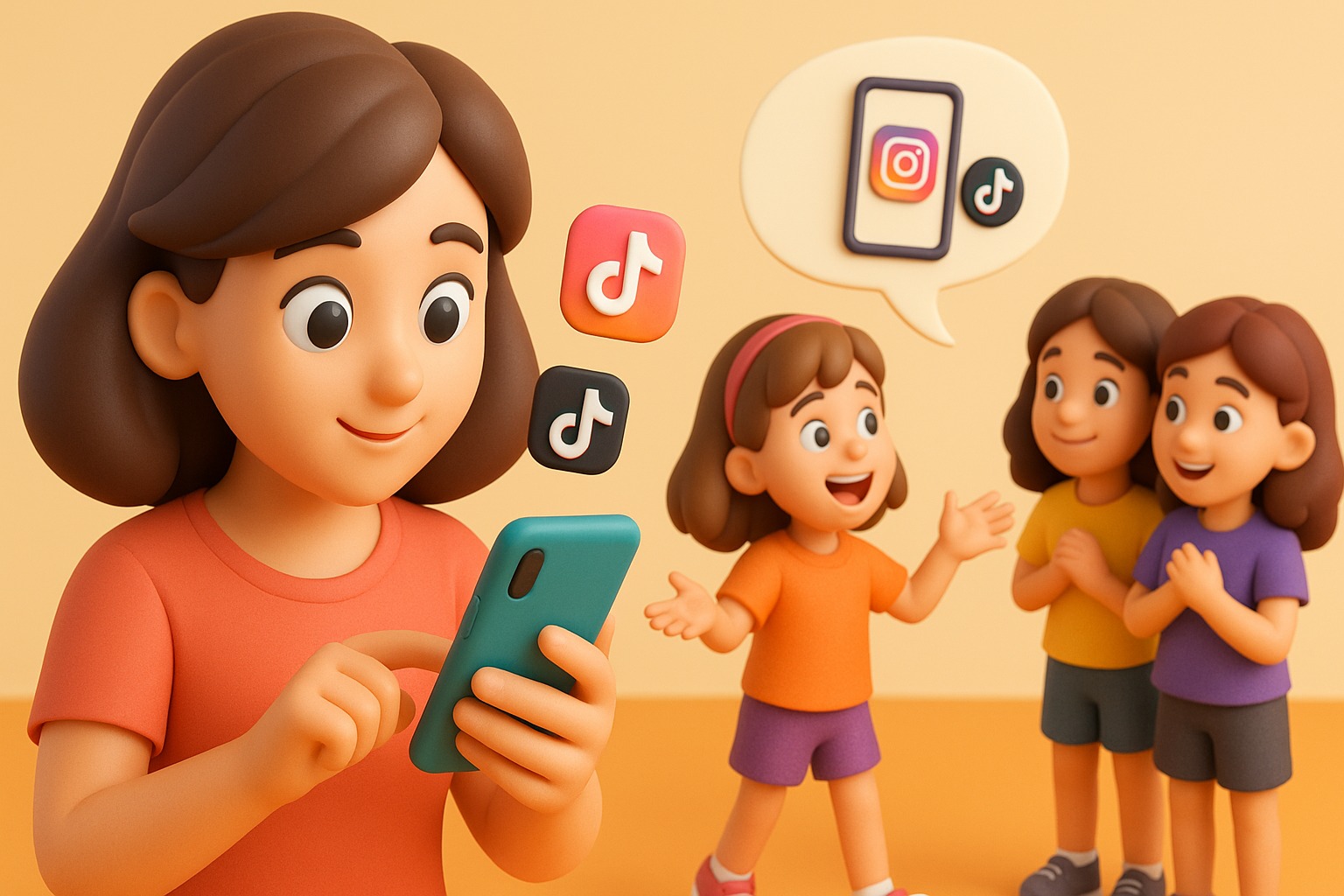
Should your kids know about your boosting? (Mother's Day Special)
Mother’s Day is often a time of heartfelt cards, breakfast in bed, and the celebration of love that flows between a mother and her children. But for many moms today, especially those who run businesses, create content, or manage brands online, there’s another quiet conversation happening behind the scenes.
“Should your kids know?”
The Age of Boosted Realities
Whether you're a business owner running ads, a creator trying to increase engagement, or someone who just wanted a few more likes on a post that mattered, boosting content has become almost second nature. It’s part of the digital hustle. There’s no shame in it. And yet… when our children scroll through our pages, what are they really seeing?
They see likes, comments, views, and sometimes they mistake that for self-worth or genuine popularity. The line between authenticity and performance has blurred so subtly that many of us haven't stopped to ask what kind of digital example we are setting.
The Teenage Years: A Risky Time for Loose Talk
Teenagers are highly influenced by peer approval and are often immersed in social media culture. If a teen hears from their parent about boosting services, they might innocently share this with their friends as an insider tip. Comments like, "My mom uses this thing to get more likes, you should try it too!" can quickly spread and lead to unexpected outcomes. Friends might act on the information, putting themselves at risk of violating platform rules or even being scammed by unreliable services. What started as a casual conversation at home can snowball into a broader issue involving trust, credibility, and even safety.
Transparency vs. Protection
There’s no one-size-fits-all answer. Telling your kids about boosting doesn’t mean explaining marketing analytics to a 6-year-old. But as they grow up in a world where follower count and likes often feel like currency, it might mean gently explaining that not everything they see is organic. Numbers can be built, crafted, influenced.
This kind of conversation builds digital literacy and helps your kids develop a healthier relationship with social media.
How to start the conversation?
If you’re wondering how to talk to your kids about boosting without it sounding like a confession or a lecture, try something like this:
“You know how I run my business online? Sometimes I use tools to help more people see my posts, like advertising or boosting. It doesn’t mean I’m more popular or better than anyone else. It’s just how marketing works. A lot of people do it. I just wanted you to know, in case you ever wondered.”
It’s a small step, but it plants a seed. It’s honest. And it reinforces that behind the beautifully curated photos, there’s a real human — one who values truth, even in digital spaces.
Keeping It Age-Appropriate
It is not about hiding your work from your children, but about framing it in a responsible and age-appropriate way. Instead of detailing every growth tactic used, creators might focus on the hard work and creativity that go into building an online brand. Sharing stories about collaboration, storytelling, or audience engagement helps instill valuable lessons that emphasize effort and integrity over artificial growth.
Final Thoughts
Social media is a powerful tool, but it is also a double-edged sword, especially in the hands of curious young minds. As content creators, being mindful about what we share at home can help ensure that our children do not unintentionally spread information that could be misunderstood or misused. The goal is to raise media-literate, ethical digital citizens, not just mini-marketers but understanding the importance of supplementing their social media growth if they ever consider the path of being a content creator.